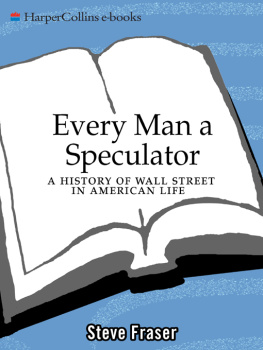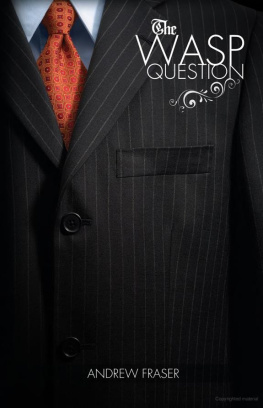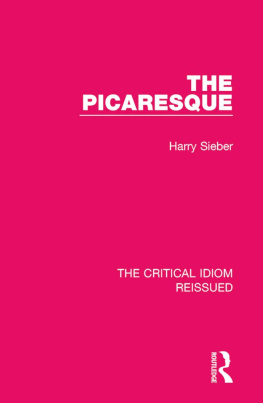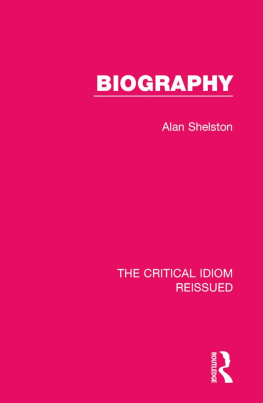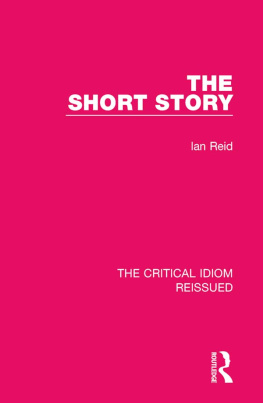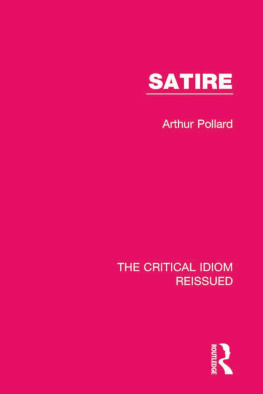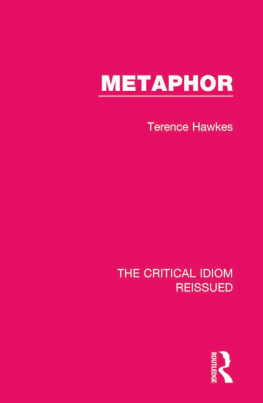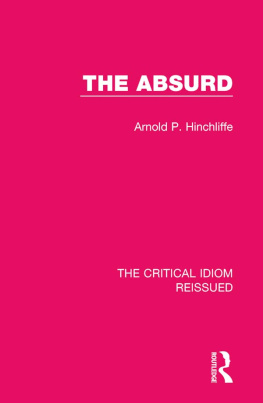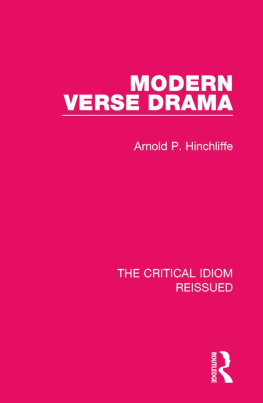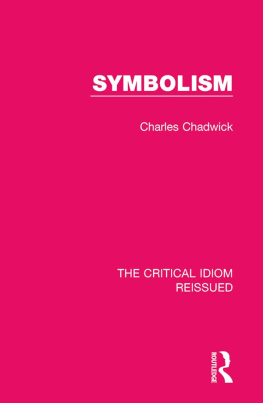Table of Contents
Guide
Print Page Numbers
THE CRITICAL IDIOM REISSUED
Volume 7
METRE, RHYME AND FREE VERSE
METRE, RHYME AND FREE VERSE
G. S. FRASER
First published in 1970 by Methuen & Co Ltd
This edition first published in 2018
by Routledge
2 Park Square, Milton Park, Abingdon, Oxon OX14 4RN
and by Routledge
711 Third Avenue, New York, NY 10017
Routledge is an imprint of the Taylor & Francis Group, an informa business
1970 G. S. Fraser
All rights reserved. No part of this book may be reprinted or reproduced or utilised in any form or by any electronic, mechanical, or other means, now known or hereafter invented, including photocopying and recording, or in any information storage or retrieval system, without permission in writing from the publishers.
Trademark notice: Product or corporate names may be trademarks or registered trademarks, and are used only for identification and explanation without intent to infringe.
British Library Cataloguing in Publication Data
A catalogue record for this book is available from the British Library
ISBN: 978-1-138-21971-7 (Set)
ISBN: 978-1-315-26975-7 (Set) (ebk)
ISBN: 978-1-138-24192-3 (Volume 7) (hbk)
ISBN: 978-1-315-11558-0 (Volume 7) (ebk)
Publishers Note
The publisher has gone to great lengths to ensure the quality of this reprint but points out that some imperfections in the original copies may be apparent.
Disclaimer
The publisher has made every effort to trace copyright holders and would welcome correspondence from those they have been unable to trace.
Metre, Rhyme and Free Verse
G. S. Fraser
First published 1970
by Methuen & Co. Ltd
11 New Fetter Lane, London EC4P 4EE
Reprinted three times
Reprinted 1983
Published in the USA by
Methuen & Co.
in association with Methuen, Inc.
733 Third Avenue, New York, NY10017
1970 G. S. Fraser
ISBN 0 416 17300 4
All rights reserved. No part of this hook may he reprinted or reproduced or utilized in any form or hy any electronic, mechanical or other means, now known or hereafter invented, including photocopying and recording, or in any information storage or retrieval system, without permission in writing from the puhlishers.
Contents
The volumes composing the Critical Idiom deal with a wide variety of key terms in our critical vocabulary. The purpose of the series differs from that served by the standard glossaries of literary terms. Many terms are adequately defined for the needs of students by the brief entries in these glossaries, and such terms do not call for attention in the present series. But there are other terms which cannot be made familiar by means of compact definitions. Students need to grow accustomed to them through simple and straightforward but reasonably full discussions. The main purpose of this series is to provide such discussions.
Many critics have borrowed methods and criteria from currently influential bodies of knowledge or belief that have developed without particular reference to literature. In our own century, some of them have drawn on art-history, psychology, or sociology. Others, strong in a comprehensive faith, have looked at literature and literary criticism from a Marxist or a Christian or some other sharply defined point of view. The result has been the importation into literary criticism of terms from the vocabularies of these sciences and creeds. Discussions of such bodies of knowledge and belief in their bearing upon literature and literary criticism form a natural extension of the initial aim of the Critical Idiom.
Because of their diversity of subject-matter, the studies in the series vary considerably in structure. But all authors have tried to give as full illustrative quotation as possible, to make reference whenever appropriate to more than one literature, and to write in such a way as to guide readers towards the short bibliographies in which they have made suggestions for further reading.
John D. Jump
University of Manchester
I should like to thank the General Editor for his detailed help and advice both at the typescript and proof stages; Mrs Sheila Dewhurst for her intelligent and ruthless cutting down of a typescript draft that was a third too long; and my Leicester colleague Philip Collins for making the index.
I owe a great deal to conversations over a great many years about metrics with poets and scholars: among whom I would mention I. A. Richards, William Empson, Richard Murphy, Hilary Corke, Edward Lucie-Smith, George Macbeth, B. S. Johnson, and Terence Hawkes.
When we stand on the sea-shore, and watch waves breaking on the sand and being sucked out again, there is a basic similarity in the motion of each wave, but no two waves break in a manner that is absolutely identical. This similarity in difference of the motion of waves we could call rhythm. There is a similar phenomenon, not only very obviously in successive lines of verse, but also in written prose and in spoken speech, at all its various levels of formality and informality. In a good writer or a good speaker, we notice something that can be called a distinctive rhythm; but even in clumsy writing and hesitant speech there is rhythm of a sort. Orators and writers of imaginative or emotionally persuasive prose pay a good deal of conscious attention to their rhythms. In plain expository prose, such as this book is written in, both writer and reader are consciously concerned not mainly with rhythm but with sense. Nevertheless, our sense of a prose writers rhythm, however little, it is a fully conscious sense, affects our pleasure in reading him and our ease in understanding him. A succession of sentences too much of the same length, or too much in the same pattern, tends to weary us, however clear the writers meaning is; on the other hand, a pleasing modulation of rhythms, as in a philosopher like Bishop Berkeley, can help us to follow with pleasure trains of argument that, less gracefully expressed, we might find remote and abstruse.



